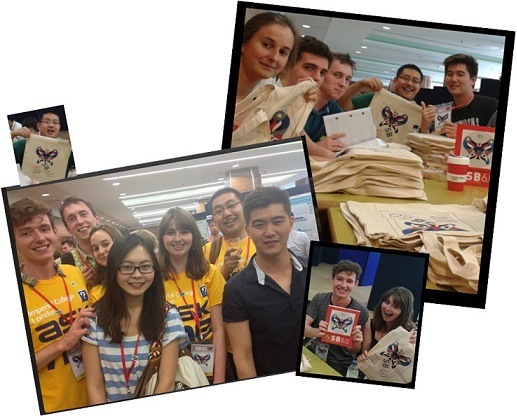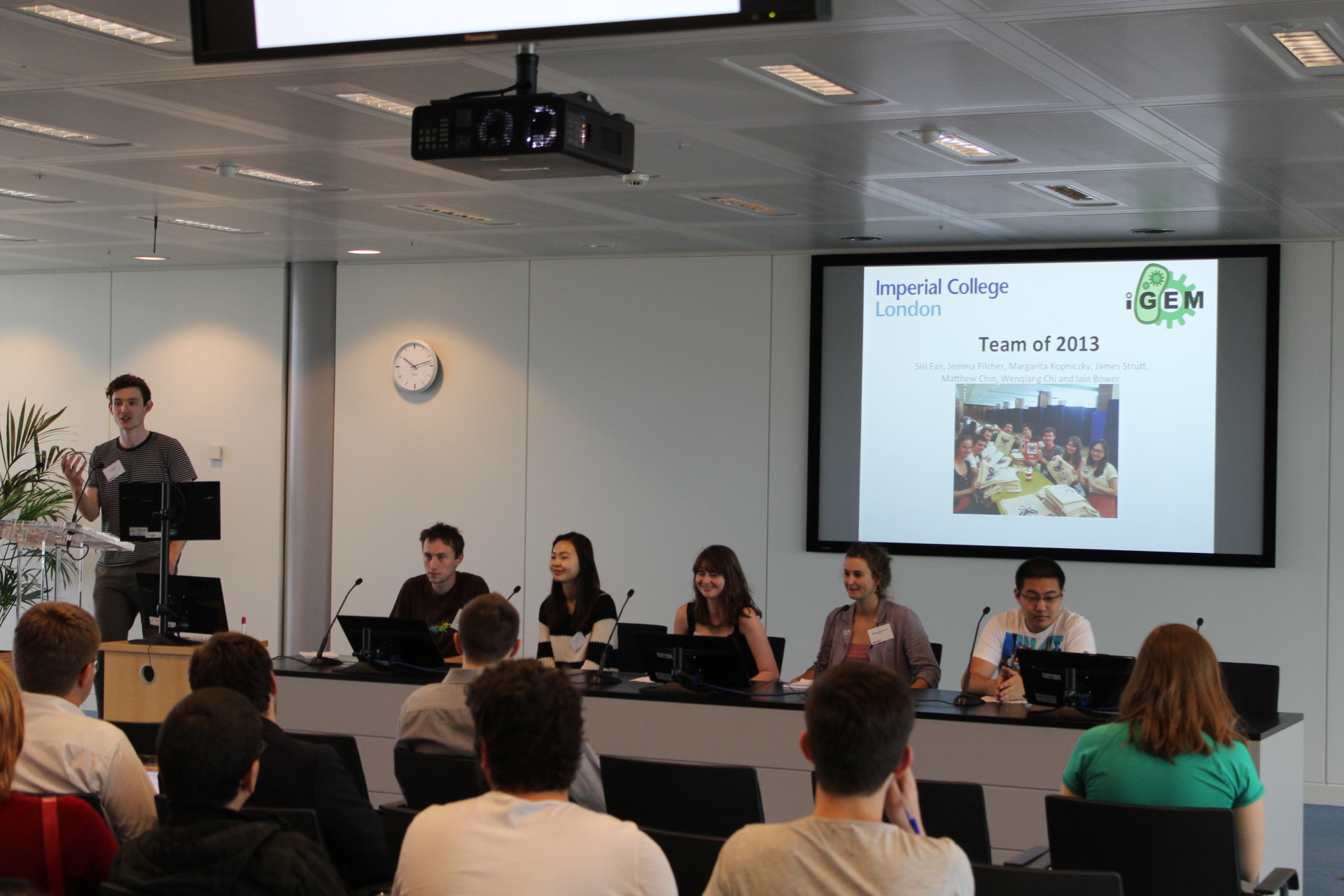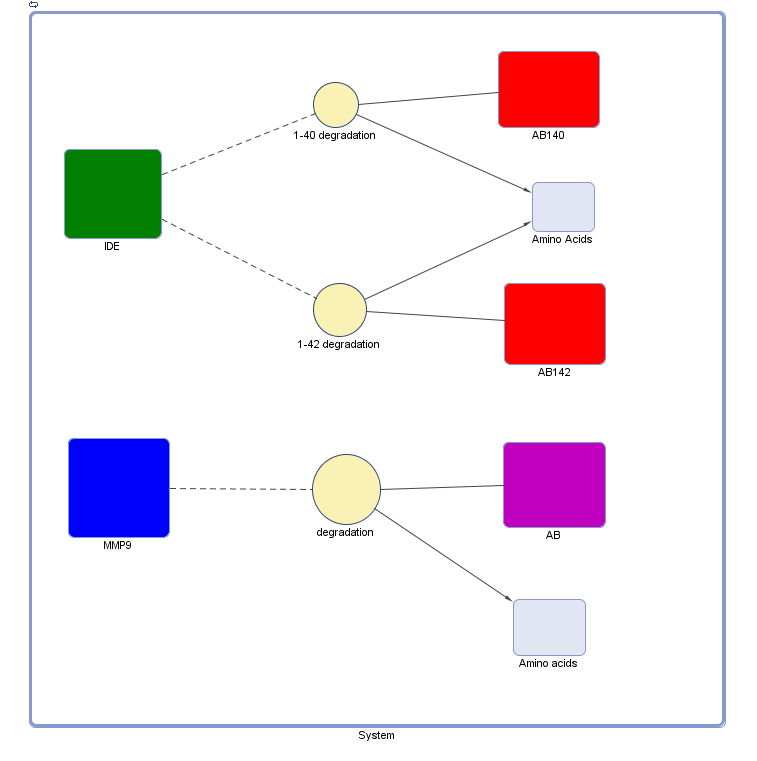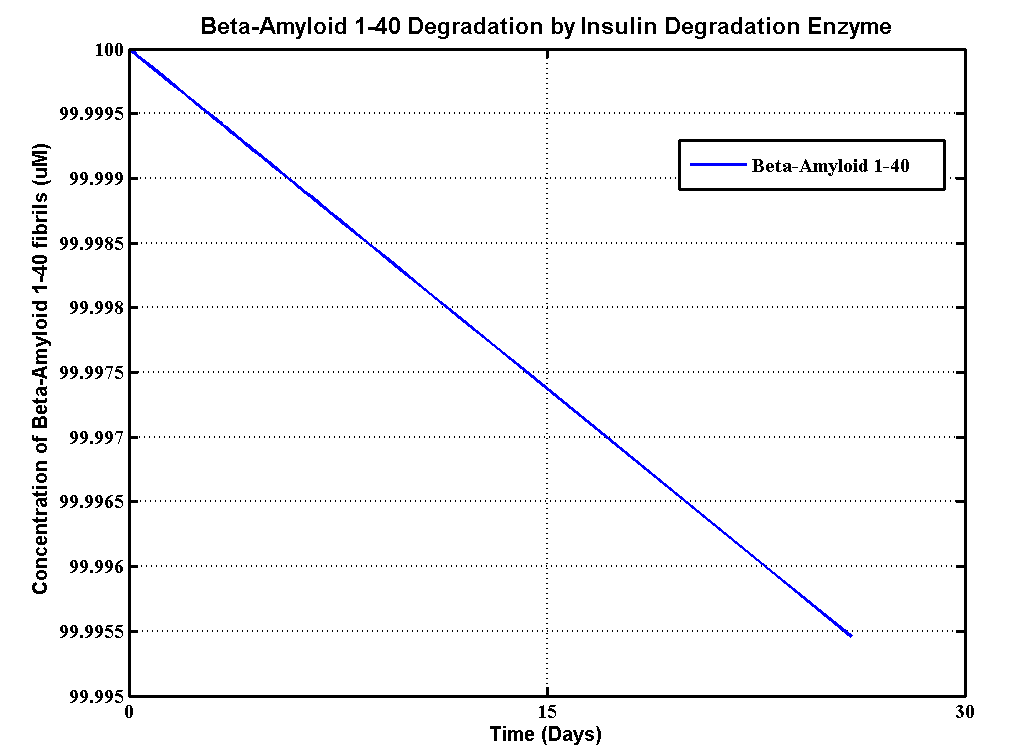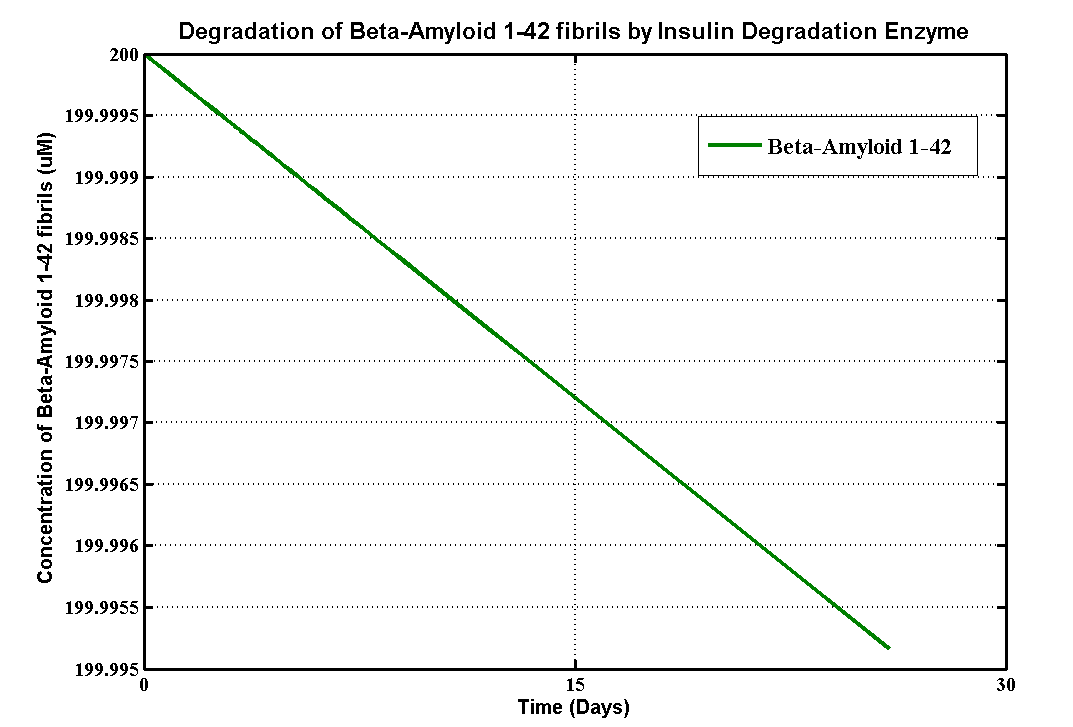Team:Imperial College/Collaboration
From 2013.igem.org
Iain Bower (Talk | contribs) |
|||
| (4 intermediate revisions not shown) | |||
| Line 42: | Line 42: | ||
<p align="justify">As soon as we found out [https://2013.igem.org/Team:Yale/Project_Collaboration Yale iGEM team] was synthesizing poly lactic acid(PLA) this year, we contacted them and sent them our PLA degradation parts to test on their product. We did this to further characterise the part and see if Biobricks behave the same on both sides of the Atlantic! When Yale optimises PLA production, they will send some of their product to break down. Breaking down PLA is a second biological bioplastic recycling system we are working on, capable of producing the monomers required to chemically resynthesise it.</p> | <p align="justify">As soon as we found out [https://2013.igem.org/Team:Yale/Project_Collaboration Yale iGEM team] was synthesizing poly lactic acid(PLA) this year, we contacted them and sent them our PLA degradation parts to test on their product. We did this to further characterise the part and see if Biobricks behave the same on both sides of the Atlantic! When Yale optimises PLA production, they will send some of their product to break down. Breaking down PLA is a second biological bioplastic recycling system we are working on, capable of producing the monomers required to chemically resynthesise it.</p> | ||
| - | <h2>UCL:Beta-Amyloid Degradation</h2> | + | <h2>UCL: Beta-Amyloid Degradation</h2> |
| - | <p align="justify"> When we heard UCL's project was to degrade Beta-Amyloid plaques we were interested to see the results as degrading a substrate has a lot in common with our project. Beta-Amyloid is a component of Amyloid Plaques which are a pathological feature of Alzheimer's disease (AD), which UCL iGEM is targeting this year.It turns out that proteinase K is not only a good way to break PLA down, but also to degrade amyloid plaques. We | + | <p align="justify"> When we heard UCL's project was to degrade Beta-Amyloid plaques we were interested to see the results as degrading a substrate has a lot in common with our project. Beta-Amyloid is a component of Amyloid Plaques which are a pathological feature of Alzheimer's disease (AD), which UCL iGEM is targeting this year.It turns out that proteinase K is not only a good way to break PLA down, but also to degrade amyloid plaques. We built a degradation model to help the UCL team with their beta-amyloid degradation assays. The model, a MATLAB based extension called Simbiology, provides information about how efficient MMP-9 enzyme can degrade beta-amyloid plaques, which is informative for wetlab work.</p> |
<h3>Degradation Assays of UCL 2013 iGEM team</h3> | <h3>Degradation Assays of UCL 2013 iGEM team</h3> | ||
| Line 112: | Line 112: | ||
</tr> | </tr> | ||
<tr> | <tr> | ||
| - | <th> | + | <th>Km_BA_140</th> |
<th>Michaelis constant for Beta-Amyloid fibrils 1-40</th> | <th>Michaelis constant for Beta-Amyloid fibrils 1-40</th> | ||
<td>2.2</td> | <td>2.2</td> | ||
<td>uM</td> | <td>uM</td> | ||
| - | <td>[http:// | + | <td>[http://link.springer.com/article/10.1007%2Fs00018-008-8112-4]</td> |
| + | </tr> | ||
| + | <tr> | ||
| + | <th>Kcat_BA_140</th> | ||
| + | <th>Turnover number for MMP9 to degrade Beta-Amyloid 1-40</th> | ||
| + | <td>8.95x10^-9</td> | ||
| + | <td>1/second</td> | ||
| + | <td>[http://link.springer.com/article/10.1007%2Fs00018-008-8112-4]</td> | ||
| + | |||
| + | </tr> | ||
<tr> | <tr> | ||
| - | <th> | + | <th>Km_BA_142</th> |
<th>Michaelis constant for Beta-Amyloid fibrils 1-42</th> | <th>Michaelis constant for Beta-Amyloid fibrils 1-42</th> | ||
<td>2.0</td> | <td>2.0</td> | ||
<td>uM</td> | <td>uM</td> | ||
| - | <td>[]</td> | + | <td>[http://link.springer.com/article/10.1007%2Fs00018-008-8112-4]</td> |
| - | </table> | + | |
| + | </tr> | ||
| + | <tr> | ||
| + | <th>Kcat_BA_142</th> | ||
| + | <th>Turnover number for MMP9 to degrade Beta-Amyloid 1-42</th> | ||
| + | <td>9.42x10^-9</td> | ||
| + | <td>1/second</td> | ||
| + | <td>[http://link.springer.com/article/10.1007%2Fs00018-008-8112-4]</td> | ||
| + | |||
| + | </tr> | ||
| + | </table> | ||
<h4>Assumption</h4> | <h4>Assumption</h4> | ||
| Line 135: | Line 154: | ||
[[File:BA140.png|420px|center]] | [[File:BA140.png|420px|center]] | ||
[[File:BA142.png|420px|center]] | [[File:BA142.png|420px|center]] | ||
| - | <p><b>Figue.2 and 3:</b>Both figures shows that Beta-Amyloid can not be degraded efficiently by Insulin degradation enzyme. It's slightly degraded after a month. Although the insulin degradation enzyme may be less efficient than MMP-9 enzyme, | + | <p><b>Figue.2 and 3:</b>Both figures shows that Beta-Amyloid can not be degraded efficiently by Insulin degradation enzyme. It's slightly degraded after a month. Although the insulin degradation enzyme may be less efficient than MMP-9 enzyme, such high concentrations of fibrils are not recommended for the assays. </p> |
| - | + | ||
<h2>NRP-UEA_Norwich iGEM team</h2> | <h2>NRP-UEA_Norwich iGEM team</h2> | ||
Latest revision as of 02:24, 5 October 2013
Contents |
Collaborations
If you would like to collaborate just contact us via Twitter @imperialigem
Helpers at SB6
The BioBricks Foundation Synthetic Biology Conference Series (SBx.0 Conference) is the world’s foremost professional meeting in the field of synthetic biology. The BioBricks Foundation is the proud organizer of the conference series and this year Imperial had the honour of hosting the conference. SB6 ran 9th-11th July 2013. We were helpers at the conference, working behind the scenes to help delegates and in collaboration with the event organisers we ensured everything ran smoothly.
We were also lucky enough to see some great talks, and enjoyed networking amongst the synbio community! The buzz of SB6.0 gave us a boost and the inspiration for our iGEM project.
Presented at the YSB1.0 meeting
We presented at the very first Young Synthetic Biologists meeting at the Wellcome Trust. YSB1.0 was designed as an extension of the UK iGEM team meetup that has been organised in previous years. We had a great time and loved sharing our ideas, networking and having fun with the rest of the UK iGEM community. As an additional bonus, Randy Rettberg, one of the co-founders and current president of the iGEM foundation gave us an inspirational talk.
St. Paul's School iGEM team
We met the team from St.Paul's School when we went to the Young Synthetic Biology event. We were impressed by their project of the previous year and got chatting to them. As school students they were keen to see some University Labs and discuss their project further so we invited them for a tour of the facilities at Imperial. We hope the tour was enjoyable and that the tips we gave them come in useful in their entry this year.
Yale: PLA-degradation
As soon as we found out Yale iGEM team was synthesizing poly lactic acid(PLA) this year, we contacted them and sent them our PLA degradation parts to test on their product. We did this to further characterise the part and see if Biobricks behave the same on both sides of the Atlantic! When Yale optimises PLA production, they will send some of their product to break down. Breaking down PLA is a second biological bioplastic recycling system we are working on, capable of producing the monomers required to chemically resynthesise it.
UCL: Beta-Amyloid Degradation
When we heard UCL's project was to degrade Beta-Amyloid plaques we were interested to see the results as degrading a substrate has a lot in common with our project. Beta-Amyloid is a component of Amyloid Plaques which are a pathological feature of Alzheimer's disease (AD), which UCL iGEM is targeting this year.It turns out that proteinase K is not only a good way to break PLA down, but also to degrade amyloid plaques. We built a degradation model to help the UCL team with their beta-amyloid degradation assays. The model, a MATLAB based extension called Simbiology, provides information about how efficient MMP-9 enzyme can degrade beta-amyloid plaques, which is informative for wetlab work.
Degradation Assays of UCL 2013 iGEM team
The details of the assays are here. There are three different substrates which are soluble aggregated β-amyloid (Aβ),aggregated β-amyloid (Aβ) fibrils 1-40 and aggregated β-amyloid (Aβ) fibrils 1-42. Here is the table that defines the initial concentrations of all substrates and the enzyme from the assays.
| Species | Concentration | Units |
|---|---|---|
| soluble Aβ | 25 | uM |
| Aβ fibrils 1-40 | 200 | uM |
| Aβ fibrils 1-42 | 100 | uM |
| MMP-9 | 0.2 | uM |
Methods
The Model
The model consists two degradation modules which are Beta-Amyloid fibrils (1-40 and 1-42)degradation (above) and soluble Beta-Amyloid degradation (below)
Equations
We choose simple Michalis-Menten mechanism for Beta-Amyloid degradation. The ODEs for all substrate are:
"[soluble Beta-Amyloid]" is the concentration of soluble Beta-Amyloid. "[Beta-Amyloid fibrils 1-40]"and"[Beta-Amyloid fibrils 1-42]"represent the concentration of them. "[MMP-9]" is the concentration of the degradation enzyme MMP-9
Here is the table for all the kinetic data of MMP-9 enzyme with different substrates.
| Parameters | Description | value | Units | Sources |
|---|---|---|---|---|
| Km_soluble BA | Michaelis constant for soluble Beta-Amyloid | 1.5 | uM | [http://www.sciencedirect.com/science/article/pii/001457939500752U#] |
| Kcat_soluble_MMP9 | Turnover number for MMP9 to degrade soluble Beta-Amyloid | 0.0005 | 1/second | [http://www.sciencedirect.com/science/article/pii/001457939500752U#] |
| Km_BA_140 | Michaelis constant for Beta-Amyloid fibrils 1-40 | 2.2 | uM | [http://link.springer.com/article/10.1007%2Fs00018-008-8112-4] |
| Kcat_BA_140 | Turnover number for MMP9 to degrade Beta-Amyloid 1-40 | 8.95x10^-9 | 1/second | [http://link.springer.com/article/10.1007%2Fs00018-008-8112-4] |
| Km_BA_142 | Michaelis constant for Beta-Amyloid fibrils 1-42 | 2.0 | uM | [http://link.springer.com/article/10.1007%2Fs00018-008-8112-4] |
| Kcat_BA_142 | Turnover number for MMP9 to degrade Beta-Amyloid 1-42 | 9.42x10^-9 | 1/second | [http://link.springer.com/article/10.1007%2Fs00018-008-8112-4] |
Assumption
Although Matrix metallopeptidase 9 (MMP-9) is a well characterised enzyme, there is no clear kinetic data for degrading soluble Beta-Amyloids and its fibrils.
There is no kinetic data for MMP-9 degrading soluble Beta-Amyloid, but there is data for degrading vitronectin, in which a composition of Beta-Amyloid [http://www.molecularneurodegeneration.com/content/pdf/1750-1326-3-16.pdf] Therefore, we assumed that Beta-Amyloid is mainly vitronectin.
We found a type of insulin degradation enzyme which can degrade the Beta-Amyloid fibrils 1-40 and 1-42. We assumed that IDE has the similar kinetic property as MMP-9
The concentration of the enzymes are assumed to be constant in the system, it cannot be degraded.
Results
Figue.1:The figure shows the degradation of soluble Beta-Amyloid, all the soluble Beta-Amyloid will be degraded in 4 days. Therefore, the assay is applicable.
Figue.2 and 3:Both figures shows that Beta-Amyloid can not be degraded efficiently by Insulin degradation enzyme. It's slightly degraded after a month. Although the insulin degradation enzyme may be less efficient than MMP-9 enzyme, such high concentrations of fibrils are not recommended for the assays.
NRP-UEA_Norwich iGEM team
We sent NRP-UEA Norwich iGEM team soil samples collected from London, in order for them to identify antimycin-producing bacteria inhabiting in the samples.
Insa-toulouse iGEM team
We transformed and sent for sequencing BioBrick parts BBa_C0061 and BBa_C0062 from our 2013 parts distribution. We were prepared to send the physical DNA to the team, however this became unnecessary since following our transformation advice the team was successful in obtaining the DNA from their own distribution.
Purdue iGEM team
We contributed comments and suggestions to the teams characterisation survey http://www.surveymonkey.com/s/M6SVLZ6
 "
"




